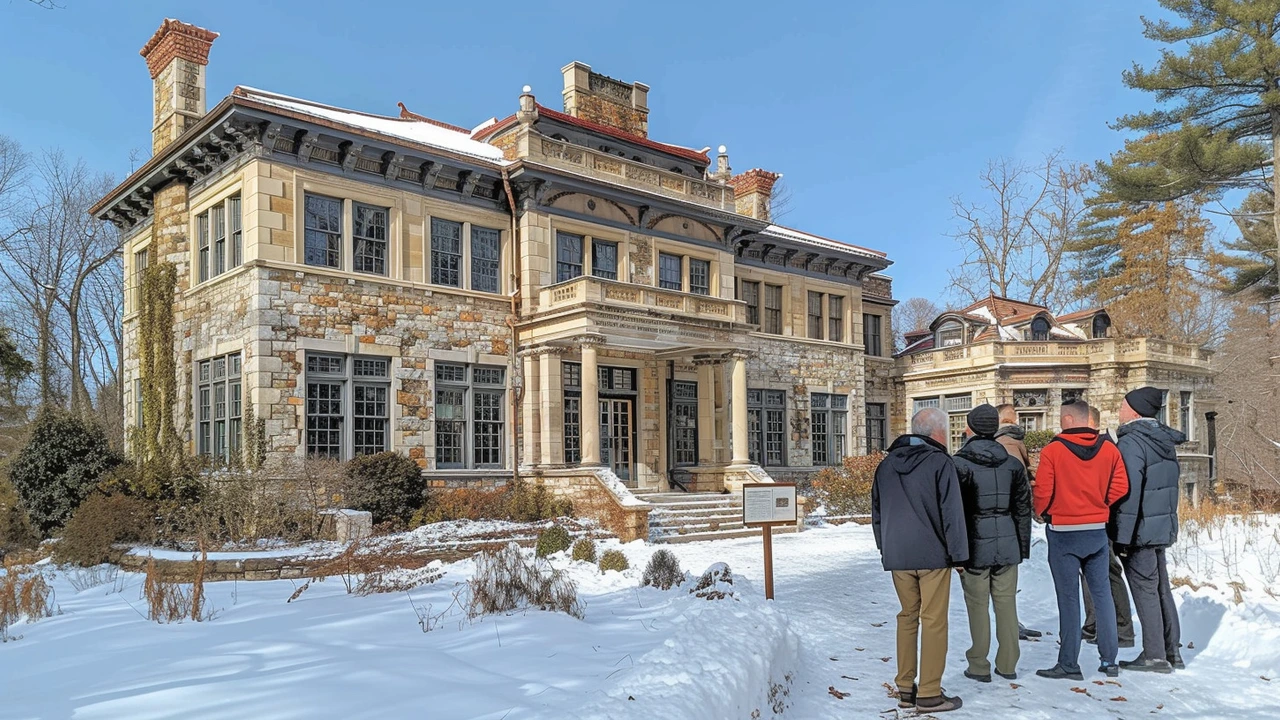American Architecture: Easy Ways to Recognize Styles and Where to Find Them
Want to tell a Colonial from a Craftsman on your next walk? This page groups short, useful guides on American architecture so you can spot styles, understand what makes them different, and find real examples nearby. No jargon—just simple ID tips and practical ideas for homeowners, travelers, or casual architecture fans.
Quick timeline and signature styles
Think of American architecture as a playlist where songs change over time. Colonial (1700s–early 1800s) favors symmetry, central doors, and gable roofs—common in New England towns. Greek Revival (early-to-mid 1800s) borrows temple looks: tall columns and pediments, often used for courthouses and civic buildings. Gothic Revival (mid-1800s) shows pointed arches, steep roofs, and stained-glass windows—you’ll spot it on churches and some homes. American Craftsman (early 1900s) focuses on handcrafted details, low-pitched roofs, wide porches, and exposed woodwork—think bungalow neighborhoods in California.
Later movements matter too: Beaux-Arts and Renaissance Revival bring grand ornament and classical orders to city landmarks; Romanesque gives heavy stone walls and rounded arches; Art Nouveau adds flowing lines and nature-inspired details; Postmodernism mixes styles with bright colors and playful shapes. Each style left a visible mark on American streets and public buildings.
Practical tips: how to spot, preserve, and use these styles
When you look at a building, check four things: roof shape, windows, entry, and materials. Roofs tell a lot—gambrel or symmetrical gables often mean Colonial, while low, wide eaves suggest Craftsman. Tall columns point to Greek Revival; pointed windows scream Gothic Revival. Stone or heavy masonry with rounded arches? Think Romanesque. Curvy ironwork and organic motifs? That’s Art Nouveau. If you’re unsure, focus on the porch and door—those often hold the clearest stylistic clues.
If you own or renovate a period house, keep proportions and major features. A modern window can work, but keep the original opening size and trim. Use authentic materials when possible: wood clapboard for Colonial, stone or heavy brick for Romanesque, and exposed beams for Craftsman. For big changes, check your local historic commission—many towns have rules or incentives for preserving character.
Want to see examples? Walk older neighborhoods and civic centers. New England towns show Colonial homes. Washington, D.C., and many state capitals offer Greek Revival and Beaux-Arts public buildings. San Francisco and parts of the West feature Craftsman bungalows. College campuses and city churches are good bets for Gothic Revival and Romanesque gems.
Read the linked articles on this tag for deeper looks at each style—from practical renovation tips to travel lists of must-see buildings. Keep this page handy: it’s a quick reference while you walk, renovate, or plan the next architecture-focused trip.

Exploring the Origins of Federal Architecture
Hello there! In this post, I'm going to take you on a journey to the early beginnings of Federal Architecture. We will explore its historical roots, understanding its unique characteristics that set it apart. From prominent buildings to influential architects, we'll delve deep into the story of this quintessential American style. Join me as we uncover the origins of Federal Architecture and how it has shaped our communities.
Read more
The Quintessential Guide to Federal Architecture
It's sometimes astonishing to dive into the world of architecture - the federal style buildings are a spectacular journey through history and culture. In this quintessential guide, we'll be exploring the elegance and symmetry of Federal Architecture. Discussing its origins, characteristics, and key examples, we unfold the story of an architectural style reflecting the aspirations of a nascent America. This guide is a must-read for all architecture enthusiasts and history buffs, written with a personal touch from a fellow architecture appreciator.
Read more